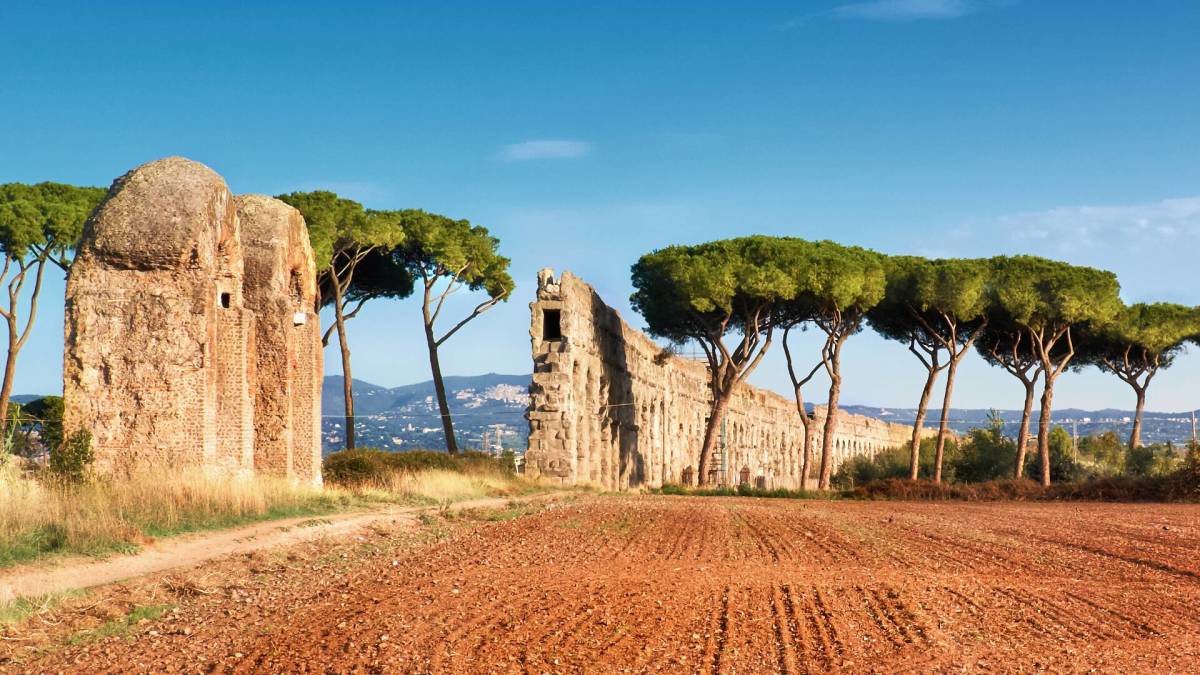
Every year, the United Nations Educational, Scientific, and Cultural Organization (UNESCO) evaluates its list of World Heritage sites and adds new ones to the list of places around the world determined to have "cultural, historical, or scientific significance."
The classification dates back to the 1950s when, in order to prevent the construction of a dam that would run through stretches of the Nile containing artifacts dating back to Egyptian antiquity, the governments of Egypt and Sudan asked the United Nations for protection of the cultural sites.
Related: A Hawaii location people kept trespassing for pics is being torn down
At the start of August, UNESCO granted 25 new locations around the globe World Heritage status for a grand total of 1,223 in 168 of the world's 195 countries. The new World Heritage sites include everything from Melka Kunture and Balchit prehistorical sites in Ethiopia to northern Scotland's Flow Country and China's Badain Jaran Desert.
'Thus benefit from the highest level of heritage protection in the world'
"The other inscriptions include 20 cultural properties, 5 natural properties and 1 mixed site," UNESCO wrote of the results. "These properties thus benefit from the highest level of heritage protection in the world. Their managers will now have access to new opportunities for technical and financial assistance from UNESCO."
More Travel:
- A new travel term is taking over the internet (and reaching airlines and hotels)
- The 10 best airline stocks to buy now
- Airlines see a new kind of traveler at the front of the plane
While the U.S. has dozens of World Heritages sites such as Yosemite, Mesa Verde and the Statue of Liberty, only the historic Moravian settlement in Pennsylvania's Bethlehem was added to the list this year. The greater focus is on sites that are at risk of loss and deterioration, including stretches of Africa, the Asia-Pacific, Latin America and the Caribbean as well as several Arab States.
Colombia, Mauritius, the Lao People's Democratic Republic and Tanzania were granted funds amounting to a combined total of $235,520 with the goal of "financ[ing] new conservation work on properties on their territory."
Related: Get the best cruise tips, deals, and news on the ships from our expert cruiser
These are some of the other places to get new World Heritage status
Other places to be granted new World Heritage status in 2024 include Saint Hilarion Monastery / Tell Umm Amer in the Gaza Strip, the Niah National Park's Caves Complex in Malaysia and Brazil's Lençóis Maranhenses National Park.
According to UNESCO, particular focus needs to be given to preserving properties that are located in active war zones such as Gaza and West Bank as well as "properties already inscribed on the List of World Heritage in Danger, particularly in Ukraine."
In 2023, existing Ukrainian World Heritage sites like the Saint Sophia Cathedral in Kyiv and the historic center of Lviv were added to the List of World Heritage in Danger.
Another surprising addition to the list was Russia's Kenozero Lake in the country's northern Arkhangelsk region. Some of the wooden churches surrounding the lake flowing out of the Onega Basin date back to when the indigenous Finno-Ugric region was colonized by the Slavs in the 12th century. The lake is 587 miles away from and a 12-hour and 30-minute flight to Moscow.
"Wooden churches and other religious buildings, originally decorated with painted ceilings, or 'heavens,' are the key social, cultural, and visual landmarks of the area," UNESCO writes of the newly-granted status. "Their spatial organisation, together with sacred sites and symbols, highlight the residents' spiritual connection with this environment."
Related: Veteran fund manager picks favorite stocks for 2024







